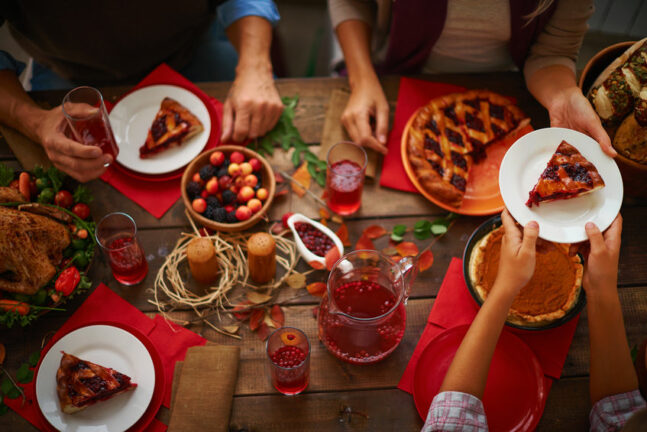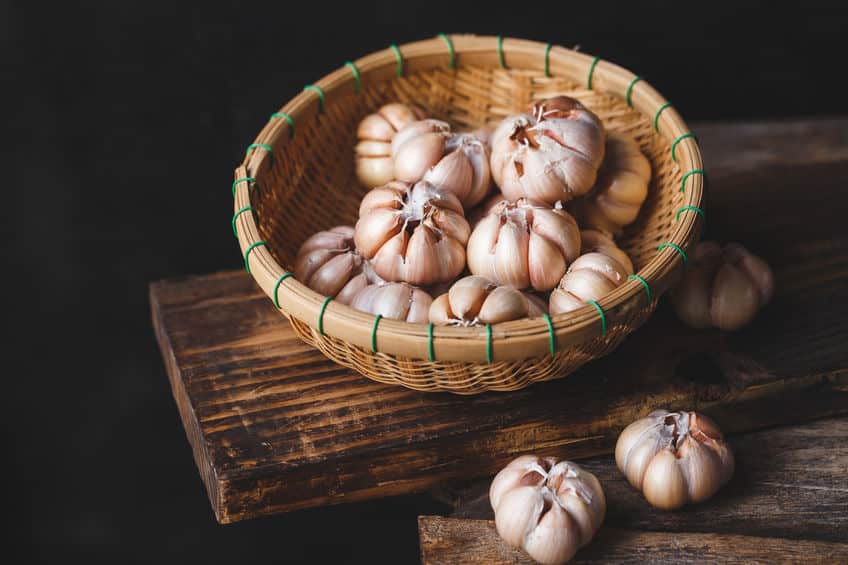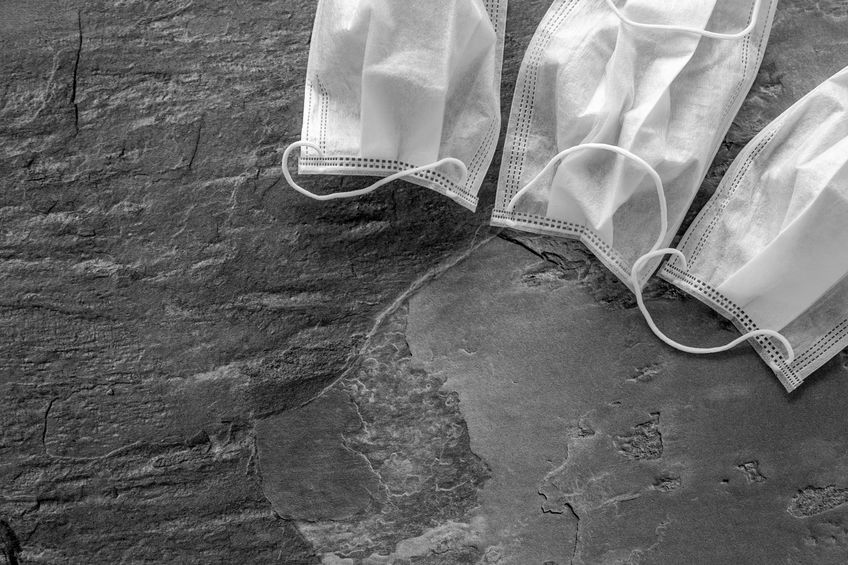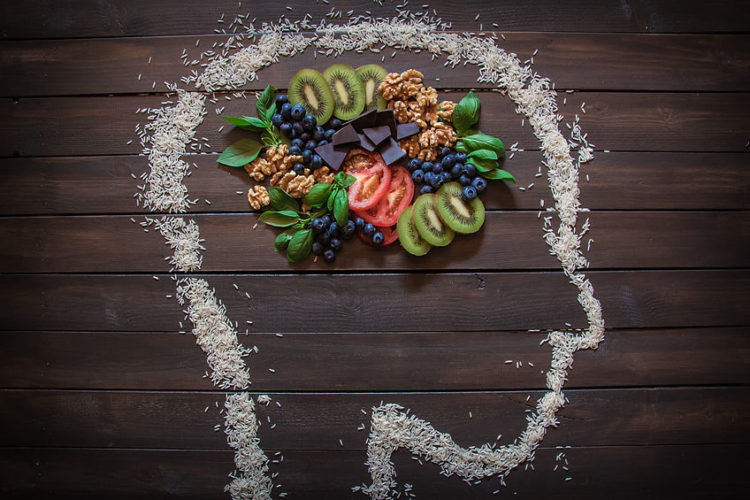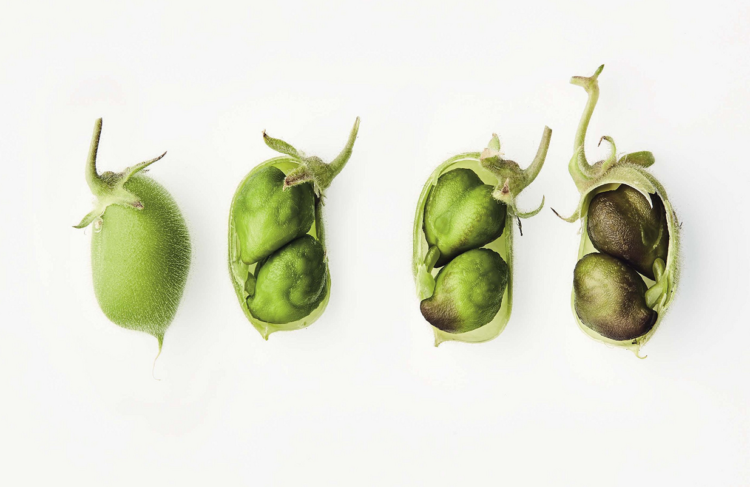By Jessie Sheehan –
I’ve always had a soft spot for old-school sweets and baked goods – think deep-dish chocolate pie with billowy meringue, layer cakes with loads of frosting and ooey-gooey cinnamon buns. In fact, I collect vintage recipe booklets and love nothing more than twisting and tweaking the desserts I find within their pages, giving each a subtle, yet tasty, modern make-over. Not surprisingly, when Thanksgiving rolls around, it is the dessert-spread post-turkey that gets all of my attention – and yes, said desserts are always old-fashioned-ish and served up with a bit of history.
Thankfully, no pun intended, there is a rich history tied to the desserts we serve on this holiday. Their evolution, development and even their presentation often reflect the particular technical and social changes taking hold in the country around the time each dessert surfaced.
Admittedly, some things rarely seem to ever change. I’m basically a traditionalist on Thanksgiving when it comes to sweets. So that means there is always a pecan pie on offer, usually with a chocolate element of some kind because, well, chocolate. There is, of course, also something with pumpkin, often a pumpkin chiffon pie, as I love a “lighter” filling than the traditional custard. It is also a good bet that an apple pie or galette will make an appearance too. All three of these dishes certainly qualify as traditional as they have been showing up at Thanksgiving tables for quite some time. But their legacy may not stretch as far back as many think.
For instance, the first Thanksgiving was pie free as we know them. It is likely that the only “sweet” on the table would have been some grapes and raisins or dried blueberries – and they were not even served post-meal, as a treat. Rather, they were likely just plated up and set out on the table along with the bird, oysters and all the veggie sides. There is a theory, however, that perhaps, if not at the first Thanksgiving, in the years that followed, pumpkin may have made an early “dessert” appearance of sorts at the feast. Early Americans might have played around with this iconic item by removing its flesh, combining it with some milk, spices and perhaps some honey, and then returning it to the gourd itself to bake amongst the coals of the hearth.
But the years between tables spread with raisins and sweetened pumpkin flesh and those like mine come this November are many. Yes, there is evidence of some pie eating (fresh apple and pumpkin (not from a can) may have occurred during the 1700s and 1800s. More typically, however, any Thanksgiving meal ended with a mincemeat pie (made with chopped meat, fresh and dried fruit, and spices) and/or a plum pudding. (Think the spicy, boozy dried fruit concoction more often thought of by many as a Christmas staple.)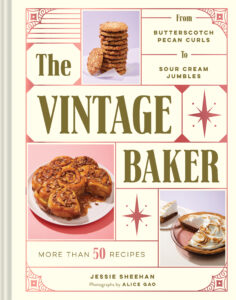
By the turn of the 20th century, however, the post-meal spread, or, as I like to call it: the real reason we’re giving any thanks at all, began to morph into what many now see as traditional. Mince pie was still on offer and now fruit cake as well. When 1929 came you could make your pumpkin pie using canned pumpkin, rather than roasting your own. This had to have been a game-changer for many. By the mid-20s, the beloved pecan pie was starting to make the late-November rounds. However, since Karo corn syrup did not yet exist, folks would have perhaps used molasses, or another dark, sweet syrup, to sweeten and thicken their filling.
Soon after, Thanksgiving dessert preparation shifted with the introduction of Karo Corn Syrup. And by the 1930s, the wife of a Karo Corn Syrup employee is said to have developed the classic pecan pie recipe that still adorns each bottle—guidance for which I remain thankful to this day.
The 1940s brought their own set of dessert changes and developments. Mincemeat and apple pies were still in full effect, along with pumpkin and pecan. But due to WWII-influenced sugar-rationing, they were being sweetened with molasses and/or Karo’s. In 1950 another major change came when Libby’s began publishing its recipe for pumpkin pie on the can of puree. As almost everyone knows, the rest is history. Like the Karo recipe for pecan pie, Libby’s pumpkin pie became a time-honored classic.
The holiday tables of the 1950s offered another wrinkle by adding Jell-O desserts (and salads) to the spread. Their impact was enormous. In fact, by the 1970s over 40% of families served a gelatin-based course on Thanksgiving. Today, that’s no longer the case, giving us all some additional reason for thanks that these dishes are no longer expected of us.
By the 60s, we were awfully close to where we are now, with our pumpkin, pecan and apple pies on offer. Now, however, if you served mincemeat pie there was an almost certainty it was no longer made with meat, but with fresh and dried fruit, spices and booze. Yes bright-colored Jell-O desserts still held a place on the table often seen with chopped fruit suspended inside. In a curious note, food tech changed again in 1965 when Pillsbury rolled out (pun intended) its dinner rolls in a can; not a sweet per-se, but a baked good of the finest caliber.
Finally, that beloved whipped topping in its plastic tub, Cool Whip, arrived on the scene in 1969 and succeeded in persuading many that it was indeed the perfect accompaniment to all those slices of Karo’s pecan and Libby’s pumpkin pie. Whether it is “the” perfect accompaniment may be debatable but perhaps this year, as a retro touch, a tub may find its way on to my Thanksgiving dessert spread. There’s an excellent chance fruit-suspended Jell-O molds, mincemeat pies and plum puddings won’t be seen. History, after all, needs to be kept in its place.

About Jessie Sheehan
Jessie Sheehan is a cookbook author, food writer, recipe developer, and baker. She is the author of The Vintage Baker (one of the Washington Post’s best cookbooks of 2018) and the co-author of Icebox Cakes (both published by Chronicle Books). She has developed recipes for many cookbooks, besides her own, and has contributed recipes/and or written for Better Homes & Garden, Rachael Ray Every Day, the Washington Post, Yankee Magazine (October 2020) Epicurious, Food52, Fine Cooking, TASTE, Chowhound, Yummly, Spruce Eats and Little Sous, among others. She blogs at jessiesheehanbakes.com and can be found on Instagram at @jessiesheehanbakes. She likes layer cakes with lots of frosting and cookies that are thick and chewy. Oh, and she has a soft spot for chocolate pudding. She lives in Red Hook, Brooklyn, with her husband and two boys, not far from her beloved Baked, the bakery where she got her start.

